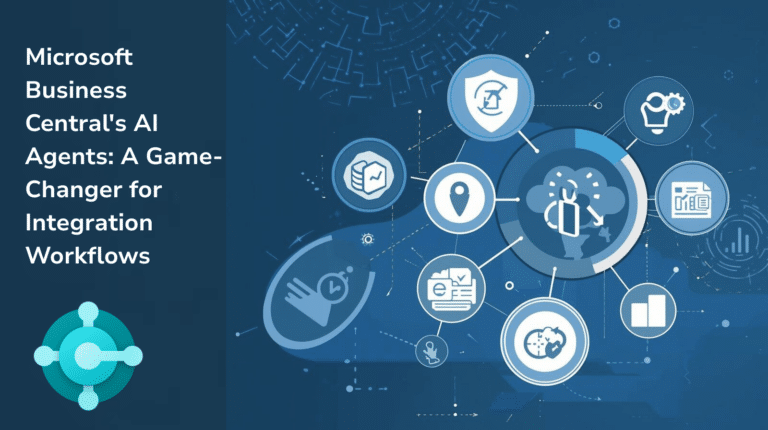Friday morning’s headlines have been dominated by one recurring and alarming theme – a global IT shock causing Windows devices all over the world to crash.
The fault seems to have originated with CrowdStrike, a global cybersecurity firm who recently pushed a software update that wreaked havoc with Windows devices around the globe.
The crash first began to affect payment services in Australia, but outage reports quickly went international, with airports in the United States, the UK, Ireland, Thailand, the Netherlands and elsewhere reporting faults. Broadcasters were also affected; Sky News, a 24-hour news service in the UK, was put off air by the outage. Distribution and logistics networks have also been affected, with firms in Poland, Ireland and elsewhere describing critical back-ups of freight bordering on a catastrophe. Hospitals, too, are affected, with 15 medical facilities in Israel reporting that they have switched to manual operations as software remains inaccessible.
The far-reaching impact of the outage highlights how interconnected and dependent upon technology, particularly cloud services, modern business has become – one British bakery chain this morning was forced to announce it could no longer process in-store payments.
What Caused the Global IT Outage?
The source of the outage has been traced back to Falcon, a piece of cybersecurity software published by CrowdStrike.
Falcon is an Endpoint Detection and Response (EDR) program which scans a device’s communications for possible intrusion, and takes preventative measures to protect that device in the event of potential cyberattack. This affords Falcon a significant level of privileges over devices it is installed on, allowing it to comprehensively scan communications and take autonomous action to protect the device in the event of an alert.
It appears that an update was pushed to Falcon which locked some Windows devices into a Blue Screen of Death loop on startup. This made the devices unusable and caused cascading failures for businesses, infrastructure and systems that relied on those devices to manage automated workflows. This is likely the result of a bug in the latest Falcon software update.
CrowdStrike, for their part, are directing affected customers to their customer service portal, and has announced that it is aware of issues relating to its Falcon EDR as of Friday morning. A patch to fix the outage has already been pushed out to users as of Friday lunchtime.
What are the Ramifications of the CrowdStrike Outage?
Friday morning saw chaos erupt across businesses and infrastructure across the globe. Flights were grounded at airports as check-in portals could not be accessed, and business stoppages blazed across industries as disparate as logistics to bakeries, from Poland to Australia to the United Kingdom.
The freak outage was a sudden and dramatic reminder of the interconnectivity of global IT services. Globalisation allows supply chains to stretch across the globe to ensure affordability for consumers anywhere in the world; this is nothing new. But the instantaneous nature of global telecommunications, with the ability for office workers on separate continents to collaborate over the same line of code in real-time, and for software updates pushed in San Francisco to be instantly downloaded to a smartphone in Dublin, Ireland, highlights the ever-increasing need for resiliency against lightning-strike shocks to the system like this morning’s.
Although CrowdStrike were able to turn around a fix to the bug in Falcon’s update that made headlines globally on Friday in breakneck time, the damage in lost business could stretch into the billions – and that was simply the result of one morning without select Windows devices. Quickly resolved – from a technical standpoint – though this crisis was, it is already being called the worst IT outage the world has ever seen. CrowdStrike may serve as the canary in the coalmine for demonstrating just how serious unforeseen incidents such as Friday morning’s can be.
What can Your Business do to Safeguard Against Similar Disasters in Future?
The global IT outage serves as a timely and shocking reminder to businesses and organisations all over the world who rely on IT systems for their day today operations that you can never possibly be too safe in such an interconnected world, where we rely on systems half a globe away to ensure we can switch everything on in the mornings.
This is why it’s so integral to take steps to mitigate and prepare for future outages, so that your business is able to weather the storm with as little damage as possible. This means drawing up and implementing a comprehensive Disaster Recovery Plan for your organisation.
A Disaster Recovery Plan is a series of processes and steps put in place to prepare for unforeseen catastrophes, so that in the event of a major outage, cyberattack or other disaster, your business can secure its data and try to minimise downtime as much as possible.
This involves having backups and redundancies in place to protect sensitive data from catastrophic loss and to allow backup systems to kick in if mainline systems and processes are knocked out. Having a plan in place to jumpstart recovery protocols from bare-metal or cloud services means your team will know exactly what to do and what steps to take in the event of a disaster.
Planning for disaster also ensures you have assigned responsibilities to key stakeholders in the event of a catastrophe, so that everyone knows their duties and ownership is taken over both data to be recovered and the steps to be implemented, and the processes by which that implementation is to go into effect.
In all this, having outside disaster recovery experts helps you prepare for the future. Our experts work with your team to understand your existing technology and processes, and what stands to be lost in the event of another monumental IT failure. They help draw up plans to secure and recovery your sensitive data and build in redundancies to keep your operations running even when all else fails.
Contact us today to speak to our experts about how your business could benefit from a disaster recovery plan, and make sure you vouchsafe against future global IT disasters, both for your business’ bottom-line and your peace of mind.



